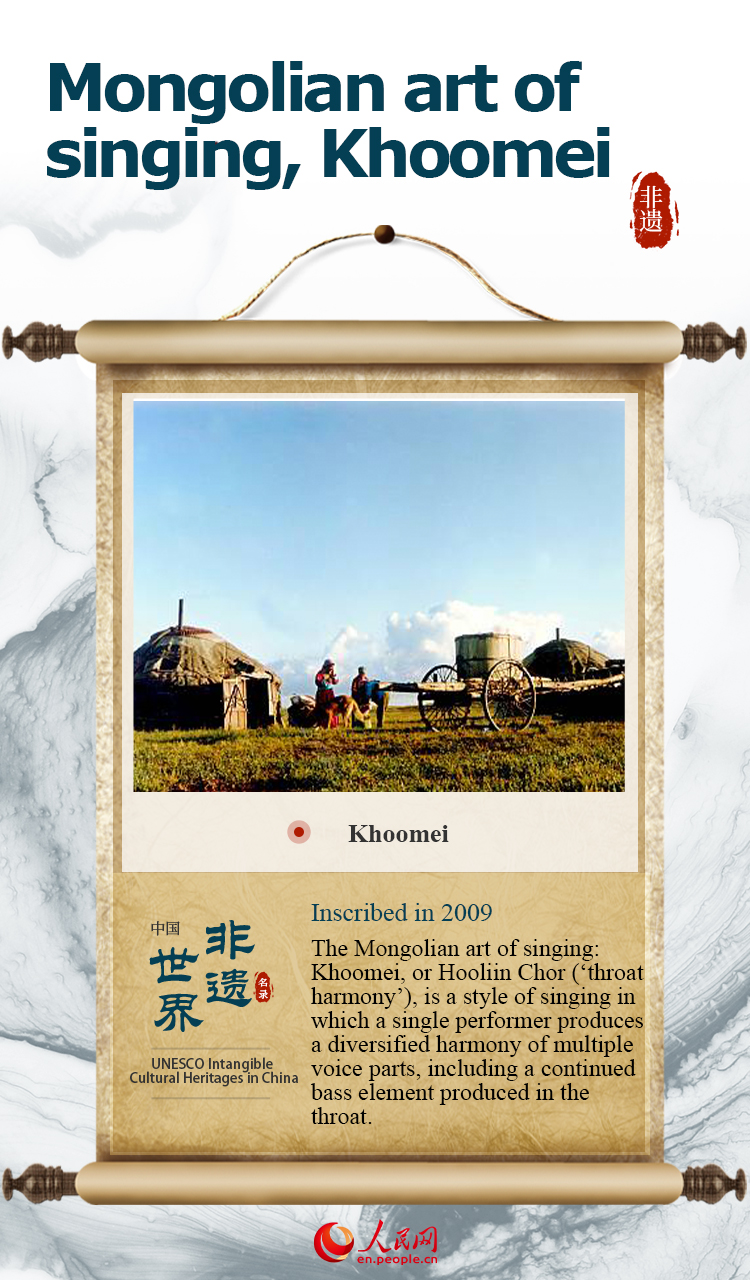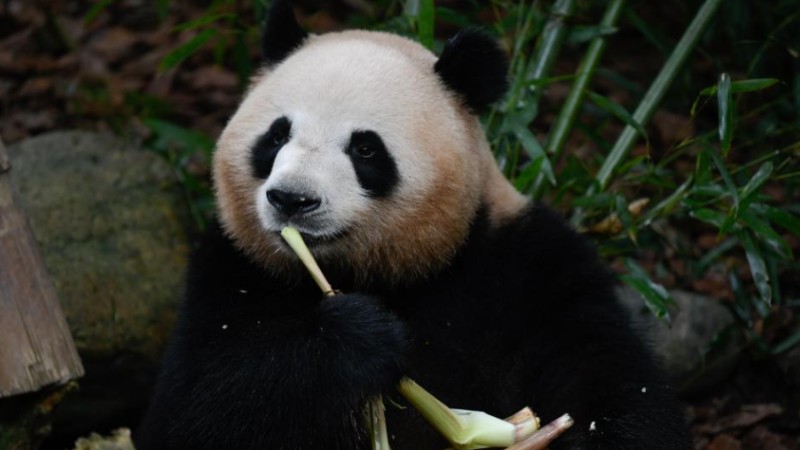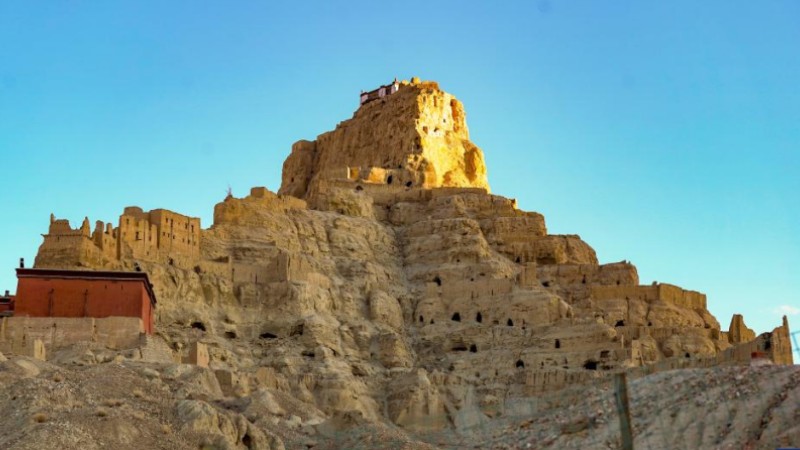UNESCO's Intangible Cultural Heritages in China (Ⅳ) (3)
Mongolian art of singing, Khoomei
The item, "Mongolian art of singing, Khoomei" was inscribed on UNESCO's Representative List of the Intangible Cultural Heritage of Humanity in 2009.
The Mongolian art of singing: Khoomei, or Hooliin Chor ('throat harmony'), is a style of singing in which a single performer produces a diversified harmony of multiple voice parts, including a continued bass element produced in the throat. These singers may perform alone or in groups.
Khoomei is practised today among Mongolian communities in several countries, especially in Inner Mongolia in northern China, western Mongolia and the Tuva Republic of Russia.
Traditionally performed on the occasion of ritual ceremonies, songs express respect and praise for the natural world, for the ancestors of the Mongolian people and for great heroes.
The form is reserved for special events and group activities such as horse races, archery and wrestling tournaments, large banquets and sacrificial rituals. The timing and order of songs is often strictly regulated.
 |  |
Photos
Related Stories
- Chicago Field Museum hosts Chinese Culture Day
- UNESCO's Intangible Cultural Heritages in China (Ⅲ)
- Feature: Chinese classical music resonates in ancient Swiss city
- Chinese culture exhibition held in Paris
- How China helps preserve cultural heritage sites in Asia
- Museum in NW China's Gansu uses latte art to give more people a taste of culture
- Chinese culture courses launched in Myanmar's Yangon
- Sound of replicas of Chime Bells of Marquis Yi of Zeng digitally preserved
- China encourages integrating intangible cultural heritage, tourism
- Digital technologies help revitalize ancient city wall in NW China
Copyright © 2023 People's Daily Online. All Rights Reserved.










